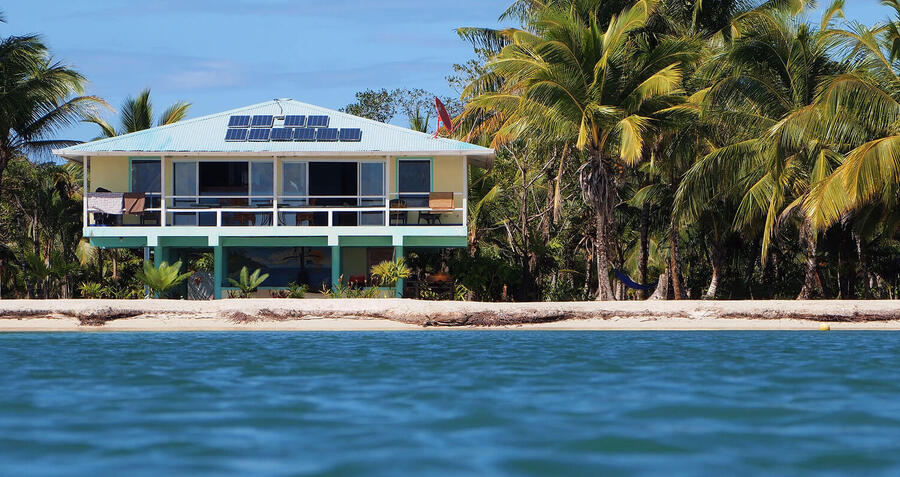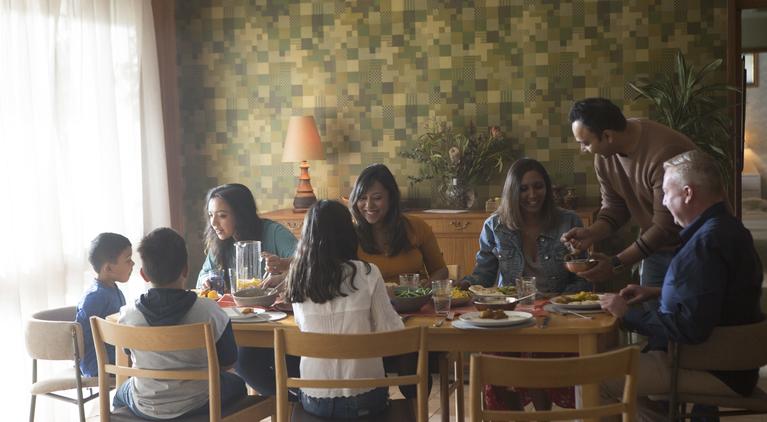With the latest in solar battery storage technology arriving in Australia, homes can store the energy generated by their solar systems. But does that mean your household could be completely self-sufficient? Here’s a look at the realities of going off-grid.
What is going off the grid?
The phrase “going off the grid” means a home or business produces enough renewable energy, and has enough storage, to meet all their electricity needs and is able to disconnect from the power grid.
Solar battery storage plays an important part in this. The battery stores the unused energy generated by your solar panels during the day, which means instead of it going back to the grid, you’re able to use the electricity at night, when your solar panels aren’t producing energy. That’s good news for the environment and a great way to save money fast.
As solar systems and solar battery storage become less expensive, renewable energy is becoming more accessible. However, there are still a couple of things you need to consider before thinking about going off-grid.
Is pure solar power viable?
Studies by the Grattan Institute estimate that to achieve 95% solar power supply reliability, an average home requires a 7 kW solar system and a 35 kWh battery storage pack. A system this size would need between 60 and 70m2 of clear roof space, ideally north facing.
Roof size may not be an issue if you’re in a spacious rural area, but in the city it may be difficult to disconnect from the grid and still have all the comforts you’re used to – unless you become very energy efficient.
Outside the major cities, Australia already has large areas that are off the grid with the help of solar battery storage. In these rural areas, the time it takes to recoup the cost of installing a solar battery system is generally less than four years.
It’s also important to consider the climate where you live. Solar systems do not reliably generate all of a household’s power needs on winter days with heavy cloud and weak sunlight. This means you must have enough solar storage to cover you.
However, it is possible, and there are residential developments being designed to generate their own renewable energy with centralised solar battery storage. An example is a housing estate being built in Alkimos Beach, Western Australia, which will deploy and test the commercial feasibility of combining more than 100 solar systems with a centralised 1.1 MWh lithium-ion battery storage system. This housing development could be an indication of the future, where engineering and design incorporate solar battery storage from the beginning.
In between solar power and the grid
While it’s possible to go off the grid, the number of solar panels and amount of battery storage you may need to invest in could mean it’s not financially viable.
That’s where a hybrid between self-generated solar power and the grid can offer many benefits. Solar battery storage can increase the amount of self-generated electricity a house consumes from 30 to 60%. This means you save on your electricity bills using clean renewable energy while still having guaranteed grid-supplied energy if you need it.
Ask us about solar systems with battery storage
Thinking about making the switch to solar power with battery storage? Contact EnergyAustralia to find out about your options and for more energy saving tips.




